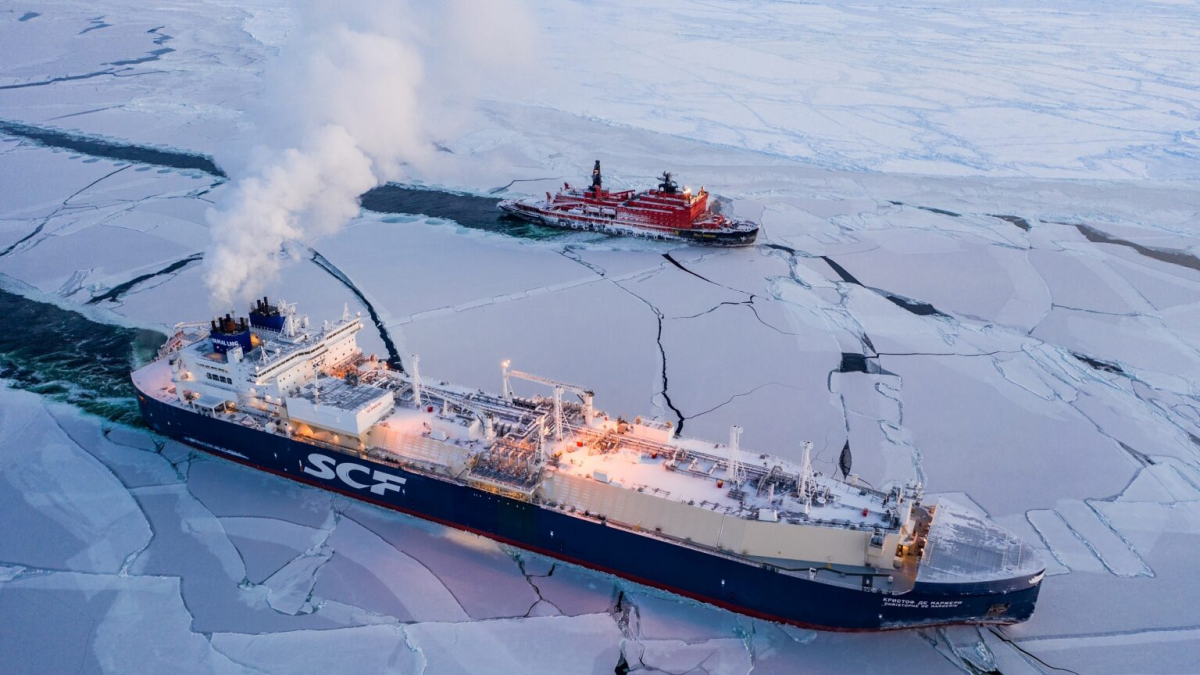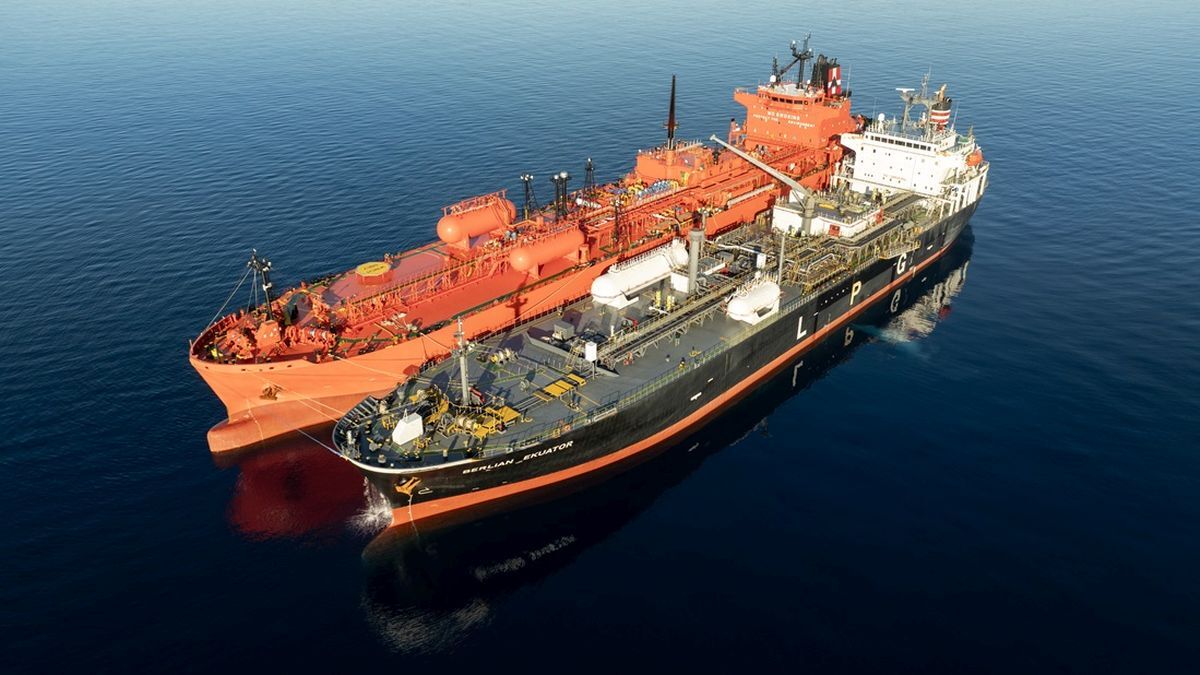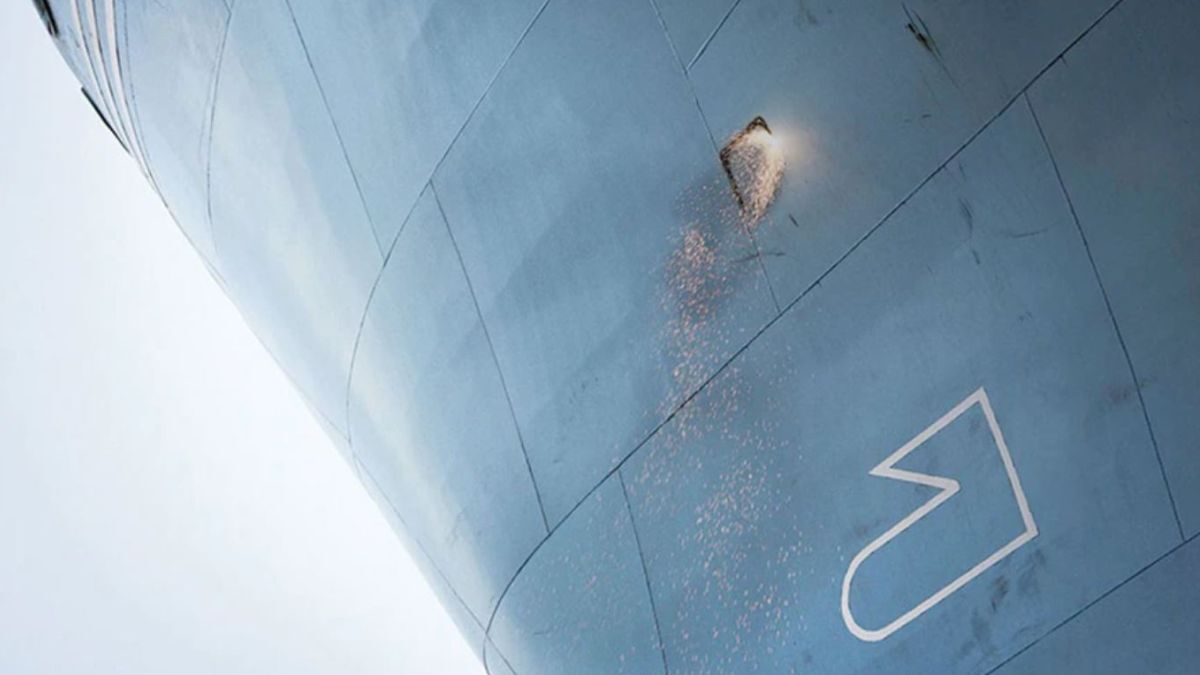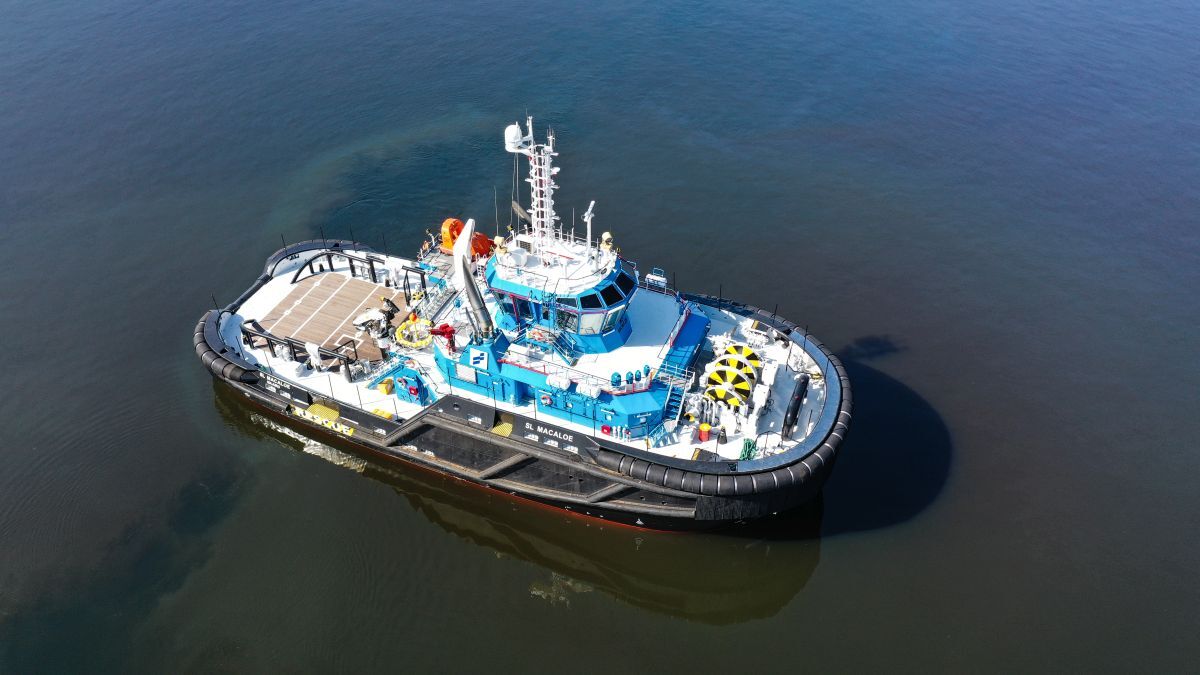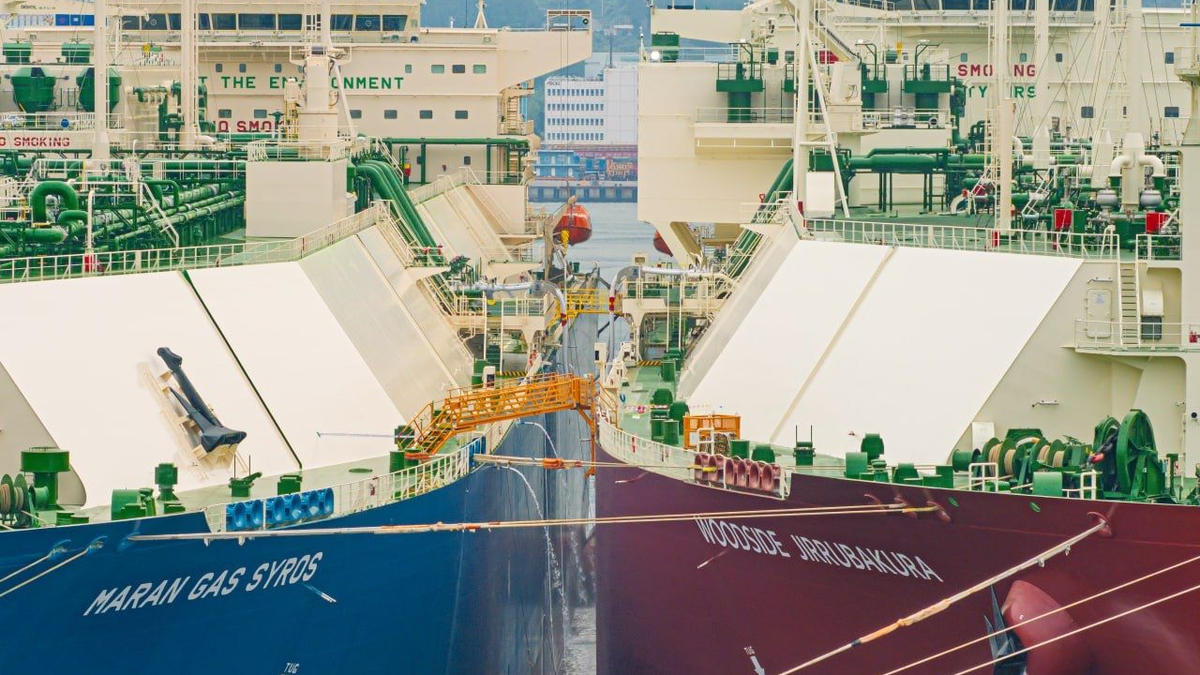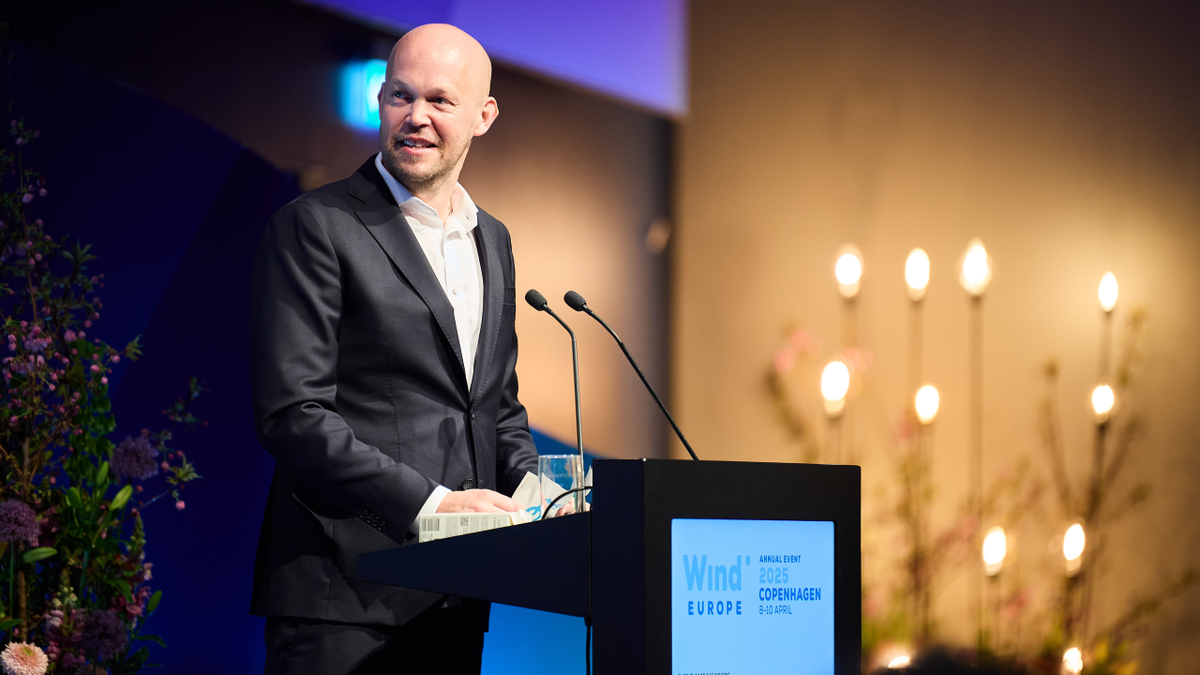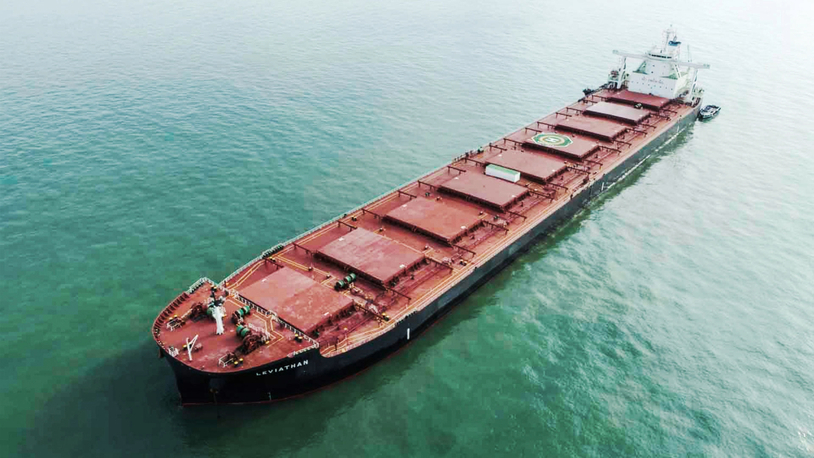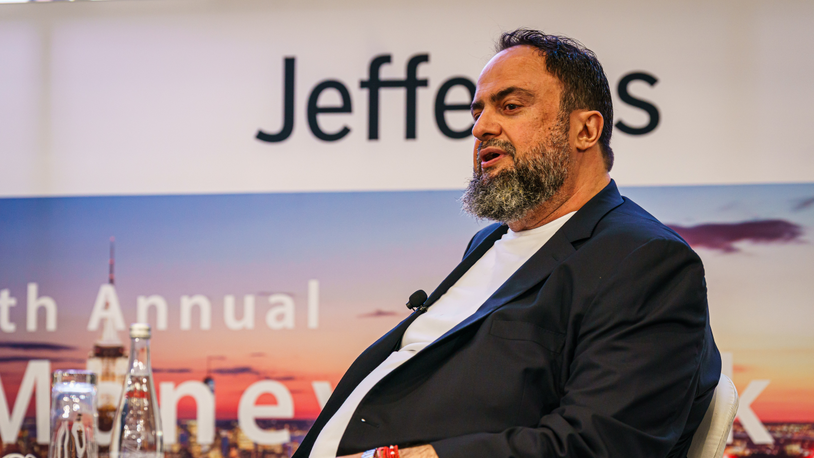Business Sectors
Events
Contents
Register to read more articles.
EU ban on Russian LNG transhipments throws deliveries into turmoil
Experts discuss the impact of the EU’s measures aimed at halting the transhipment of Russian LNG
The EU’s first-ever measures aimed at deliveries of Russian LNG will hit the transhipment industry, including certain European ports, increase the delivery costs of the Yamal plant, and prolong the freeze of the plant’s two sanctioned FSUs, according to a consensus of expert opinion.
“The EU sanctions affect over three million tonnes a year of Yamal volumes [and] close the door for Arctic LNG2 transhipments,” Rystad Energy’s senior gas markets analyst, Jan-Eric Fähnrich, told LNG Shipping & Terminals.
As the LNG transhipment industry scrambles for alternative arrangements against a tight deadline, an unapologetic EU insists that it “should no longer facilitate the transport and sale of Russian LNG by allowing Russia to reduce its logistical costs by using EU ports.”
Adopted in late June, the package of sanctions contains three main restrictions. First, in a tactic clearly designed to limit Russia’s LNG exports, it prohibits the transhipment of Russian LNG through EU ports to non-EU countries. Second, the import of Russian LNG through terminals that are not connected to the EU natural gas system is also prohibited. And third, the provision of goods, technology or services for the completion of Russian LNG projects is also made illegal, a measure designed to hit the country’s production of LNG as well as deter other countries from coming to Russia’s aid.
Overall, concludes Mr Fähnrich, while the package does not affect regular EU imports – or re-exports where a local consignee takes ownership of the cargo – it will affect Yamal’s shipments, mostly to China. “The new rules will not lead to less Russian LNG in Europe but they could lead to less Russian LNG in Asia”, he adds, also citing ongoing concerns for the operation of the Yamal LNG plant. “The sanctions package contributes to making the operation of Arctic LNG2 very difficult,” he predicts.
In another analysis of the long-term implications of the measures, the Oxford Institute of Energy Studies explains that the immediate result is that transhippers of Russian LNG will be pushed out of EU ports and will have to find other ways of delivering LNG cargoes to non-EU destinations. This latest attack on Russian gas follows the massive disruption of shipments through the Suez Canal, with some of Yamal’s cargoes being delivered around the Cape of Good Hope.
In other consequences, a wave of legal disputes is on the cards if contracted deliveries of Russian gas do not arrive. India’s GAIL, the country’s largest gas company, has for instance already filed a $1.8Bn suit against SEFE, an India-based unit of Gazprom after it was unable to meet contracts because of sanctions. Also possible, suggests the OIES, is a series of disputes between terminals in the EU and transhippers when the former refuse to accept cargoes under the new regulations. And finally, ports such as Zeebrugge and Montoir are certain to lose business. In Zeebrugge’s case, it has an agreement to take upwards of 100 transhipments a year.
“The sanctions package contributes to making the operation of Arctic LNG2 very difficult”
The industry does not have much time to act – the sanctions apply immediately for any new activities and by late March 2025 for existing ones.
In other consequences, Russia’s LNG shipping costs are expected to rise as it attempts to circumvent the regulations. And ship-to-ship transfers in remote locations are considered to pose greater environmental risks than those conducted at dedicated ports. Currently, two European ports are processing most of the LNG – Montoir-de-Bretagne in France and Zeebrugge in Belgium. Half of the volumes transhipped to these ports were via shore-to-ship. Overall, concludes the OIES, the prevention of these volumes of LNG transhipment “would clearly present a significant bottleneck for exports from Yamal.”
Russia still has delivery options though. “Russia could deliver directly with an Arc7 vessel, which would result in volume reduction,” explains Mr Fähnrich. “It could tranship somewhere else that is not subject to sanctions, such as Etki LNG in Turkey. Or Russia could operate its floating storage units in Murmansk and Kamchatka, which is highly unlikely because they’re sanctioned and then Yamal LNG would also be sanctioned.” These 360,000-m3-capacity FSUs arrived in mid-2023 but have not yet been put into operation.
It is not yet known exactly how the EU measures will affect Yamal’s chartered 15-strong ice-class LNG carriers. The Arc7 vessels have been delivering LNG principally to destinations in the Asia-Pacific region through the Northern Sea Route, slashing times by 40% compared to passing through the Suez Canal. But these latest sanctions could change the game by targeting the transhipment process that takes place by ship-to-ship or ship-to-shore transfers. The latter are effectively reloading operations conducted at import terminals where they are stored before being reloaded onto another LNG vessel. These arrangements have been running for some six years.
According to the OIES, transhipment in either form has been of considerable benefit to Yamal, but that could change. “To make the best use of these carriers, it is essential to reduce the amount of time they spend unnecessarily traversing ice-free waters,” the study explains. “Transhipment is understood to cut the tonne-mile utilisation of ice-class tankers in half, freeing them up to carry Russian LNG through Arctic waters more quickly.”
In the longer-term, argues OIES, the EU’s prohibition on imports into off-grid terminals within the EU, notably in Sweden and Finland (both of which supported the measures), could lead to an even bigger disruption in the form of a complete EU-wide ban on all Russian LNG.
While the OIES doubts that the transhipment ban will reduce Russian LNG flows into the EU because some of the volumes will be stored there, the institute does expect the ban on the provision of technology could lead to cost increases and delays. That would be especially the case if US sanctions bite even further.
Related to this Story
Events
Offshore Support Journal Conference, Americas 2025
LNG Shipping & Terminals Conference 2025
Vessel Optimisation Webinar Week
© 2024 Riviera Maritime Media Ltd.


